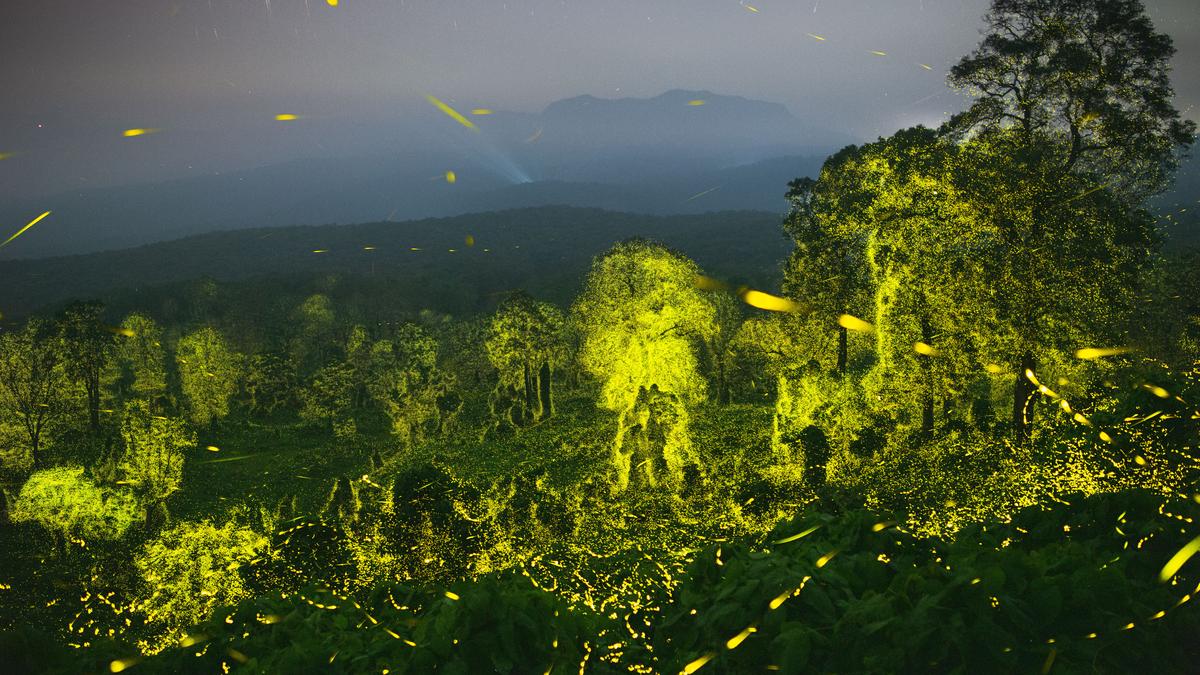Now Reading: Anamalai Tiger Reserve Hosts Eight Firefly Species
-
01
Anamalai Tiger Reserve Hosts Eight Firefly Species
Anamalai Tiger Reserve Hosts Eight Firefly Species

Quick summary
- The Anamalai Tiger Reserve (ATR) in the Western Ghats is renowned for the rare synchronous lighting of fireflies, a natural spectacle observed annually.
- A year-long study (April 2024 – March 2025) by Tamil Nadu Forest Department and Advanced institute for Wildlife Conservation (AIWC) identified eight species of fireflies in ATR across 10 locations.
- Species documented include Abscondita perplexa,Abscondita terminalis,Asymmetricata humeralis,three species from the genus Curtos sp., as well as Lamprigera sp. and Pyrocoelia sp.
- Researchers used DNA barcoding to confirm species, with sequences submitted to GenBank, NCBI database.
- Environmental factors such as temperature, humidity, wind velocity, and light intensity were recorded during data collection.
- Principal Chief Conservator of Forests emphasized this systematic genetic analysis is a first-of-its-kind in Tamil Nadu and serves as a foundational study for future research into firefly distribution and population trends.
- The study highlights light pollutionS adverse effects on wildlife behavior. Fireflies are proposed as an indicator species to measure these impacts.
- A public survey showed that 97% of local people were aware of fireflies but attributed their declining populations to pesticide use and water pollution.
Indian Opinion Analysis
The findings from the Tamil Nadu Forest Department’s study underscore both scientific progress and ecological concerns. By documenting eight firefly species using genetic analysis-a first for the state-the research lays groundwork not just for biodiversity monitoring but also raises awareness about rising environmental challenges like light pollution. Indicatively, this phenomenon mirrors broader anthropogenic pressures on India’s ecosystems.
The correlation between human activities-pesticide use, water contamination-and declining firefly populations hints at an urgent need to balance agricultural practices with conservation goals. As showcased here, natural phenomena like synchronized bioluminescence are indicative not only of biological diversity but also ecosystem health. A targeted reduction in light pollution around protected areas could serve as an actionable starting point.
Read more at The Hindu.
























